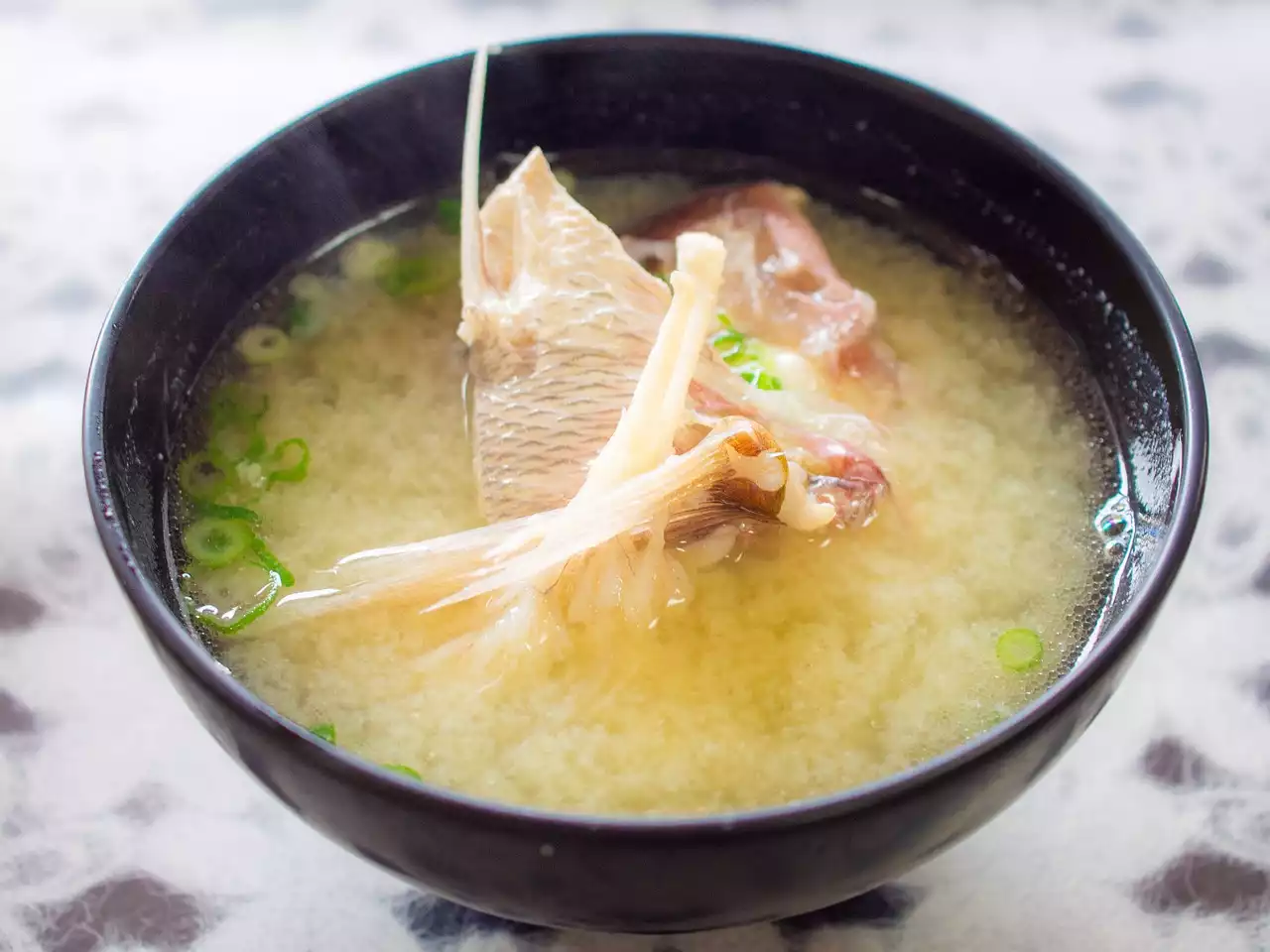Miso is a traditional Japanese ingredient that has gained popularity around the world for its unique umami flavor and numerous health benefits. This article will explore the different types of miso, how to cook with miso, and provide 5 easy and delicious recipes to incorporate miso into your daily cooking routine. These recipes include soups, marinades, and glazes, perfect for any meal. So, let's get started and discover the versatility of miso!
What is Miso?
Miso is a traditional Japanese ingredient made by fermenting soybeans, salt, and a grain, such as rice or barley. The fermentation process can take anywhere from a few months to a few years, depending on the type of miso. The result is a thick paste with a savory, salty, and slightly sweet flavor, rich in umami.
Types of Miso
There are many different types of miso, but the most common ones are white miso, yellow miso, and red miso. White miso, also known as shiro miso, is the mildest and sweetest of the three, with a pale color and a smooth texture. Yellow miso, or shinshu miso, has a stronger flavor than white miso, but is still relatively mild, with a golden color and a slightly grainy texture. Red miso, or aka miso, is the strongest and most pungent of the three, with a deep red-brown color and a coarse texture.
Cooking with Miso
Miso can be used in a wide variety of dishes, including soups, stews, marinades, dressings, and glazes. Here are some tips for cooking with miso:
- Miso is usually added towards the end of the cooking process, as high heat can destroy some of its beneficial enzymes.
- When using miso in soup, dissolve it in a small amount of warm water or broth before adding it to the pot.
- Miso can also be used as a marinade for meat, fish, or vegetables, giving them a rich and savory flavor.
- Miso can be mixed with other ingredients, such as soy sauce, vinegar, or honey, to create a flavorful dressing or glaze.
5 Easy and Delicious Miso Recipes
- Miso Soup with Tofu and Wakame
- This classic Japanese soup is a comforting and nourishing dish that can be served for breakfast, lunch, or dinner. To make the soup, dissolve white miso in hot water or vegetable broth, then add cubed tofu, wakame seaweed, and chopped scallions.
- Miso-Glazed Salmon with Bok Choy
- This easy and healthy dish is perfect for a quick and flavorful dinner. Simply mix red miso, soy sauce, brown sugar, and sake to create a glaze, then brush it onto salmon fillets and bake them in the oven. Serve with sautéed bok choy for a complete meal.
- Miso Ramen with Chicken and Vegetables
- This hearty and comforting noodle soup is a great way to warm up on a cold day. To make the broth, simmer chicken thighs, ginger, garlic, and chicken broth with red miso paste. Add cooked ramen noodles and top with sautéed mushrooms, spinach, and sliced chicken.
- Miso and Honey Glazed Eggplant
- This vegetarian dish is a delicious and healthy side dish or appetizer. Slice eggplant into rounds and brush them with a mixture of white miso, honey, rice vinegar, and sesame oil. Roast the eggplant in the oven until tender and golden brown, then serve with chopped scallions and sesame seeds.
- Miso-Glazed Brussels Sprouts
- This tasty and easy side dish is a great way to add flavor to Brussels sprouts. Simply roast the sprouts in the oven with a mixture of red miso, soy sauce, honey, and sesame oil until crispy and caramelized. Garnish with chopped scallions and sesame seeds for a flavorful and nutritious side dish.
The Health Benefits of Miso
- In addition to its unique flavor and versatility in cooking, miso has numerous health benefits. Here are some of the main benefits of miso:
- Rich in nutrients: Miso is a good source of protein, fiber, and vitamins and minerals, including vitamin K, manganese, and zinc.
- Promotes digestive health: The beneficial bacteria produced during the fermentation process of miso can help improve gut health and aid in digestion.
- Lowers risk of chronic diseases: Studies have shown that regular consumption of miso may help lower the risk of chronic diseases, such as cancer, heart disease, and stroke.
- Boosts immune system: The probiotics in miso can help strengthen the immune system and reduce the risk of infections.
Tips for Using Miso in Cooking
- If you're new to using miso in your cooking, here are some tips to help you get started:
- Choose the right type of miso for your recipe: Different types of miso have different flavors and textures, so choose the right type based on the dish you are making.
- Use it sparingly: Miso is a concentrated and salty ingredient, so it's important to use it sparingly to avoid overwhelming the dish. A little bit goes a long way.
- Dissolve miso in warm water or broth: To ensure that miso dissolves evenly and doesn't clump up, dissolve it in a small amount of warm water or broth before adding it to the dish.
- Experiment with different combinations: Miso pairs well with a variety of ingredients, including soy sauce, vinegar, honey, and ginger, so don't be afraid to experiment with different flavor combinations.
Conclusion
- In conclusion, miso is a versatile and flavorful ingredient that can add depth and complexity to a wide variety of dishes. Whether you're making soup, marinade, dressing, or glaze, miso can help take your cooking to the next level. With its numerous health benefits, miso is also a great way to promote digestive health, boost the immune system, and lower the risk of chronic diseases. So, next time you're in the kitchen, be sure to reach for miso and see what delicious and nutritious dishes you can create!










